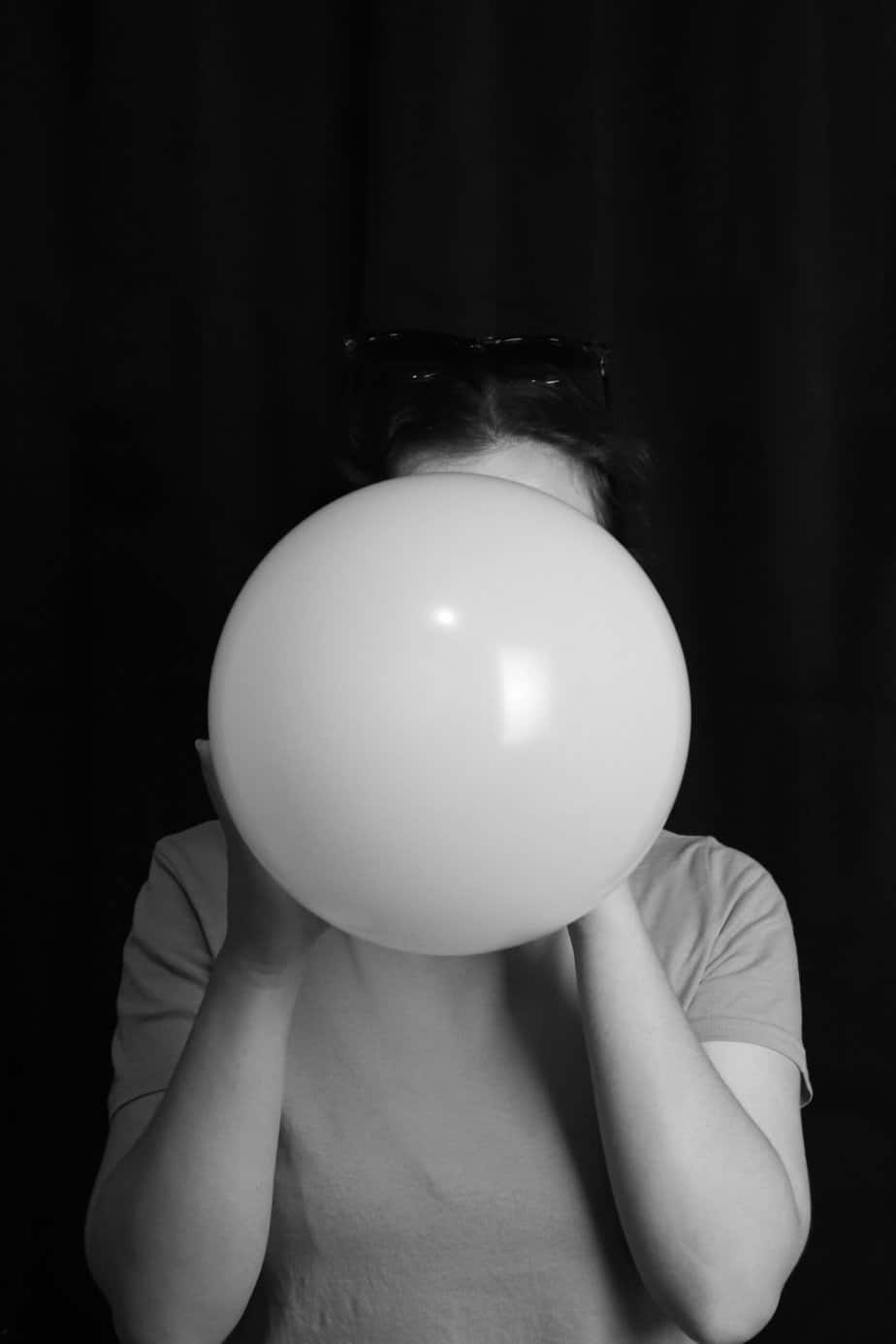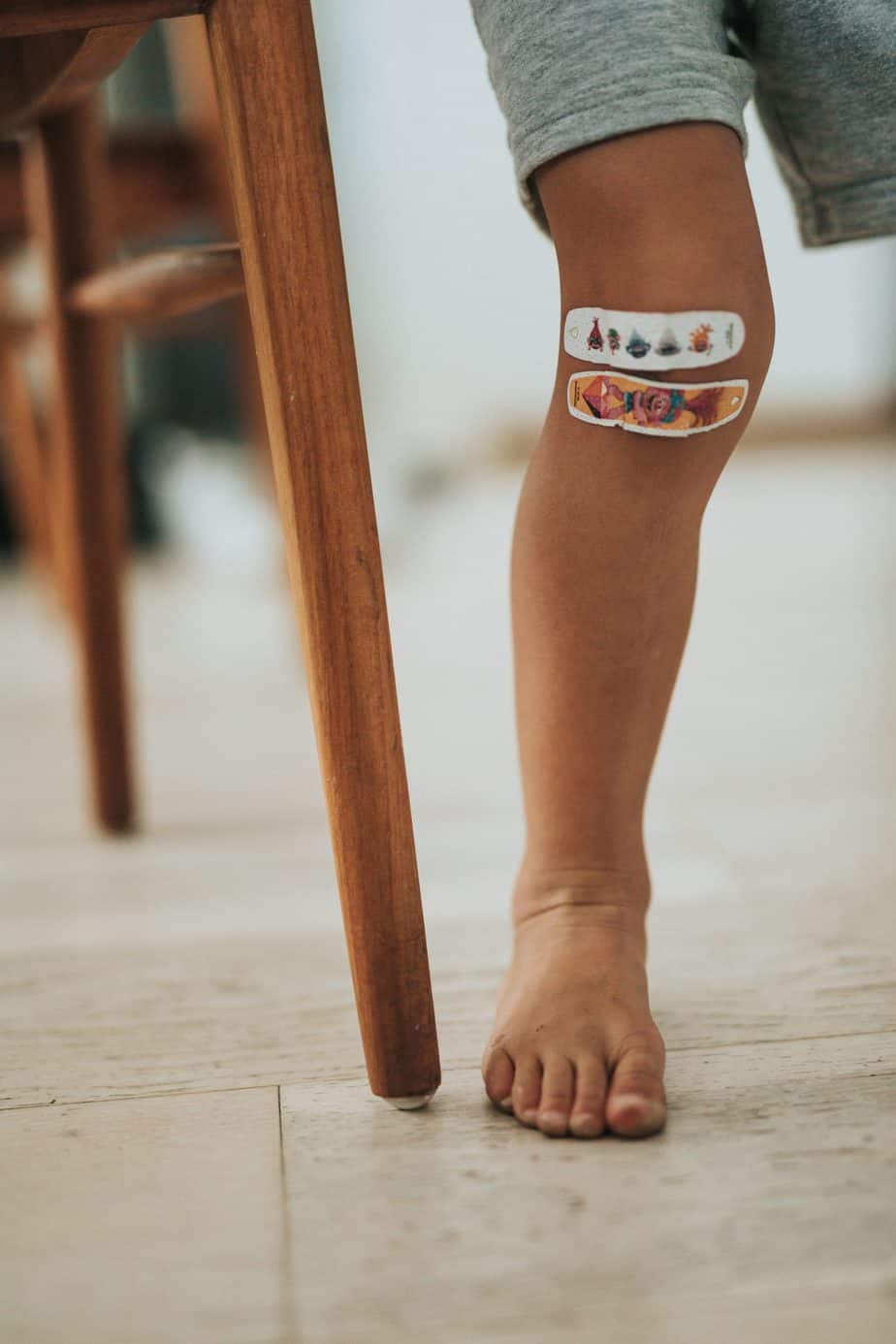Trigger Points and The Pelvic Floor

What is a Trigger Point?
A Trigger Point (TP) is a section of a muscle that when touched, stretched or activated creates pain to predictable surrounding areas. TPs can occur anywhere in your body, the most commonly known occurs when someone touches the tops of their shoulders and pain can be felt radiating up to their head. Less common or simply just less known of, are TPs occurring in our pelvic floor.
A TP found within the muscle of the pelvic floor can send painful signals to areas that could be the cause, or part of the cause for things such as painful intercourse, burning or tingling with defecation, urinary urgency or frequency. Pelvic floor TPs have also been found to refer pain to the lower back, hips and pelvis (Pastore et al., 2012). A TP can be created from direct trauma, prolonged incorrect posture, surgeries, and repetitive movements, to name a few. Once a TP is created, pressure to the area, stretching, or even emotional stressors can trigger a painful response.
How are trigger points addressed?
There are various types of treatments used to treat trigger points, an physician can provide oral medication, or Botox shots to the site for more severe cases. Often, Physical Therapists can treat them through more conservative means. A physical therapist will perform an assessment and can treat you through deep pressure techniques, myofascial release, stretches and exercises to address any imbalances in your body that may have led to a TP.
We Are Here To Help?
Body Harmony Physical Therapy offers one on one physical therapy, both for pelvic floor and orthopedic concerns. Our treatments are for up to one hour in a private treatment room. We offer a quick call back option for potential patients who have questions or concerns related to physical therapy.
Reference:
Pastore, E. A., & Katzman, W. B. (2012). Recognizing myofascial pelvic pain in the female patient with chronic pelvic pain. Journal of obstetric, gynecologic, and neonatal nursing : JOGNN, 41(5), 680–691. https://doi.org/10.1111/j.1552-6909.2012.01404.x







